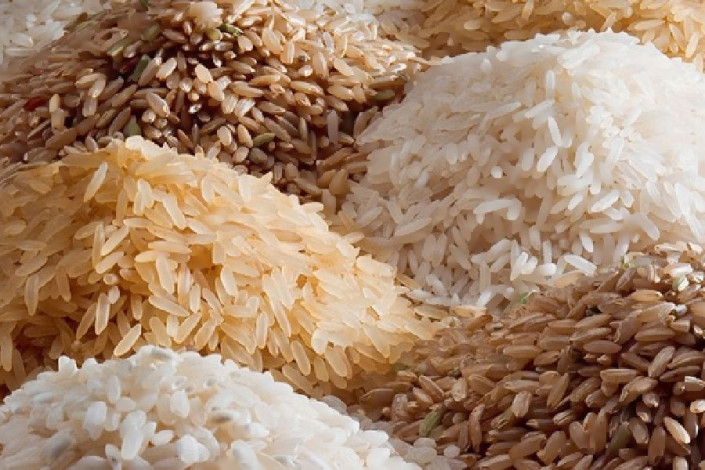
File Photo
According to experts, India's ban on the export of various classes of rice could drive up global prices of grain at a time when food insecurity is already a concern due to rising domestic prices and fears of a shortfall in the next crop's yield.
India, the world’s largest rice exporter, accounts for 40% of the global rice trade, with its shipments going to about 140 countries.
Announcing the ban Thursday, the government said that prices in the country had risen by 11.5% over the past year and 3% over the past month.
In a statement, the Ministry of Consumer Affairs said that it has amended the export policy "in order to ensure adequate availability of non-basmati white rice in the Indian market and to allay the rise in prices in the domestic market.” It said the ban would take effect immediately.
India’s move came days after Russia backed out of a deal to allow Ukrainian wheat safe passage through the Black Sea, prompting warnings that the action could lead to surging prices.
“The impact of India’s rice ban is bound to be felt on global prices. This happened soon after the Black Sea initiative was not renewed. When wheat is undergoing a shock, India banning rice exports creates a further shock in global food grain markets,” Harish Damodaran, agriculture editor at The Indian Express newspaper, told VOA.
“India used to export about 22.5 million tons. Now about 10 million tons will go out of the international market, so about 40% of our exports will be knocked out. This includes a category whose exports were banned last year,” according to Damodaran.
India is unlikely to ease the restrictions soon as it grapples with food inflation, according to analysts.
The increase in food prices is a sensitive issue for the government as the country prepares to hold a series of key state elections later this year and national elections next April. Prices of rice and wheat are of particular concern in a country where cereals are a predominant part of the diet of low-income people.
India has been tightening farm exports since last year — a ban imposed on wheat exports more than a year ago has not been lifted.
Analysts say that while India, the world’s second-largest rice producer, has sufficient stockpiles of rice for its 1.4 billion people, there are fears that an erratic monsoon season could damage the next paddy crop, which was planted in June and harvested in September.
Heavy rains in the north of the country in recent weeks triggered floods in key rice-growing regions while deficient rains in the south prevented many farmers from planting the crop.
“We have had severe rains and floods in Punjab and Haryana, and these are the two states that predominantly supply surplus rice to the country,” Devinder Sharma, a farm analyst, told VOA. “The tragedy of southern states is that they don’t have irrigation and therefore they get adversely impacted by a shortfall in rains. So everything could go topsy turvy with the next rice harvest.”
He also pointed out that there are worries over the “El Nino” effect, which usually causes hot, dry weather and lower rainfall in Asia, where the bulk of the world’s rice crop which needs ample water is grown. That has led to further uncertainty about potential shortages of the crop that is a staple for more than 3 billion people in the world.
“So the government is right in being very cautious. They don’t want to take any risk,” said Sharma.
The curbs on rice exports exclude one variety that is mostly exported to Bangladesh and several countries in Africa, which analysts say is a diplomatic move to ensure that the neighboring country with which New Delhi has good ties and African nations — where it is trying to build influence — do not face a significant problem.
“The rice curbs have been crafted keeping in mind domestic political compulsions and diplomacy,” says Damodaran.
Source:
Online/GFMM
Comment Now